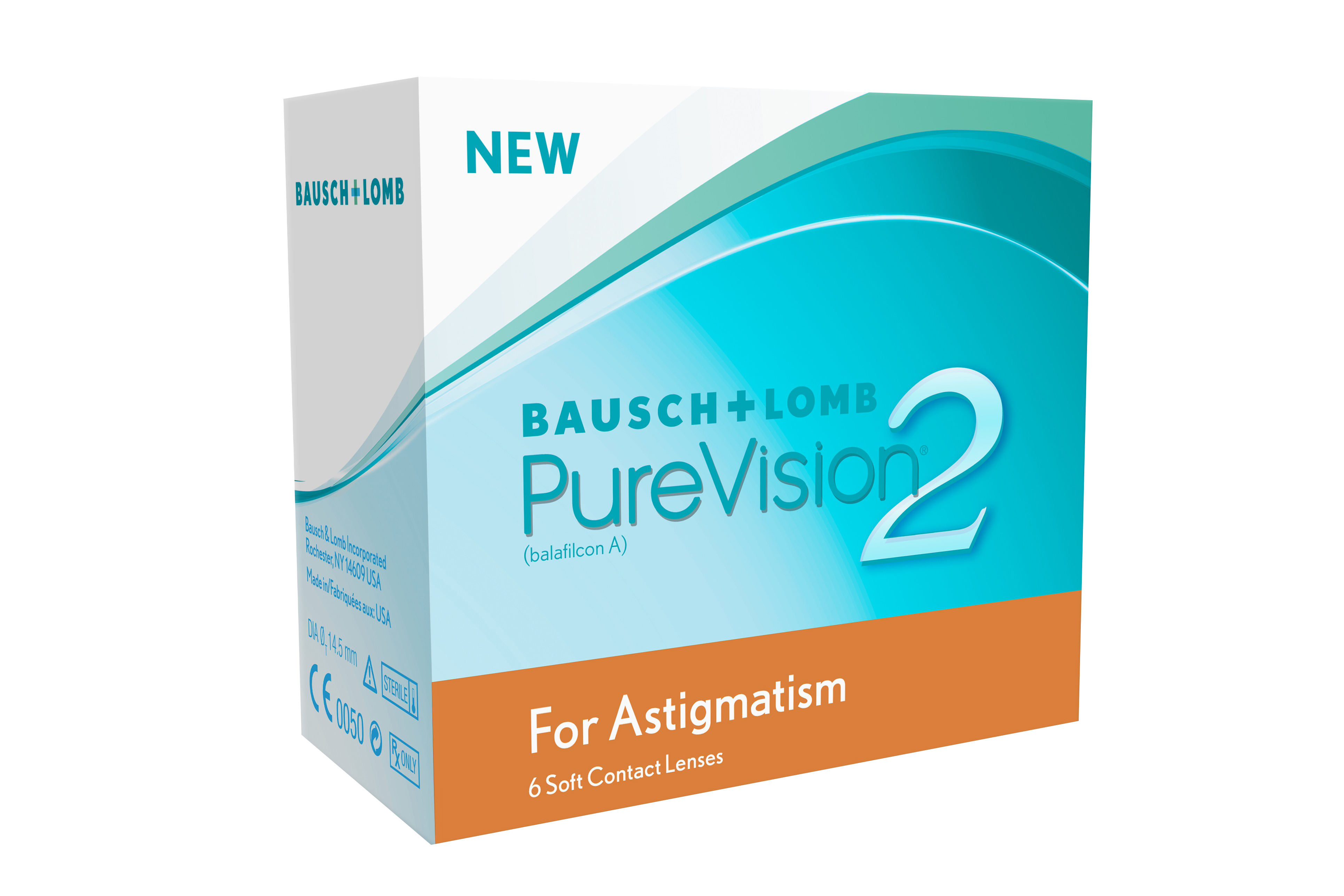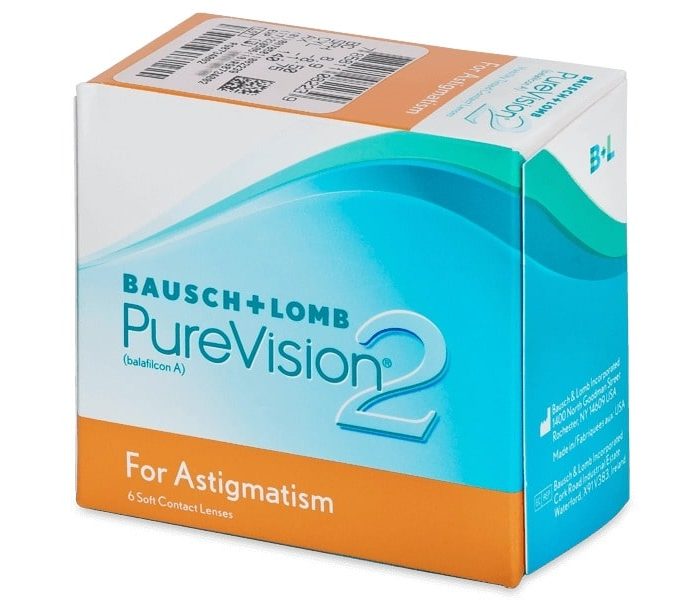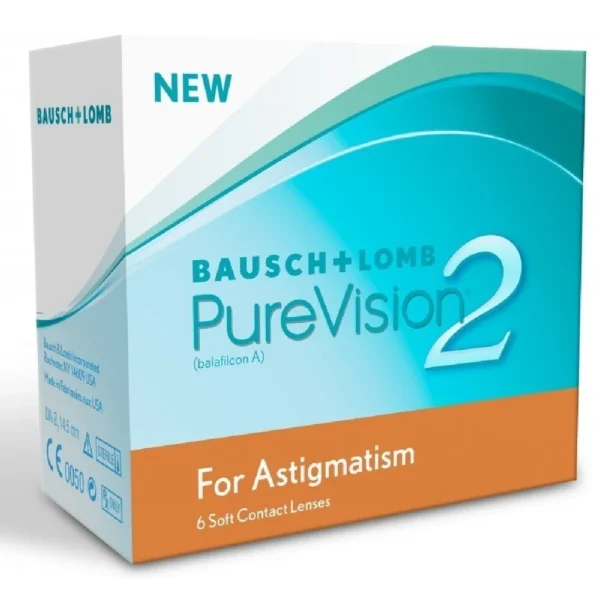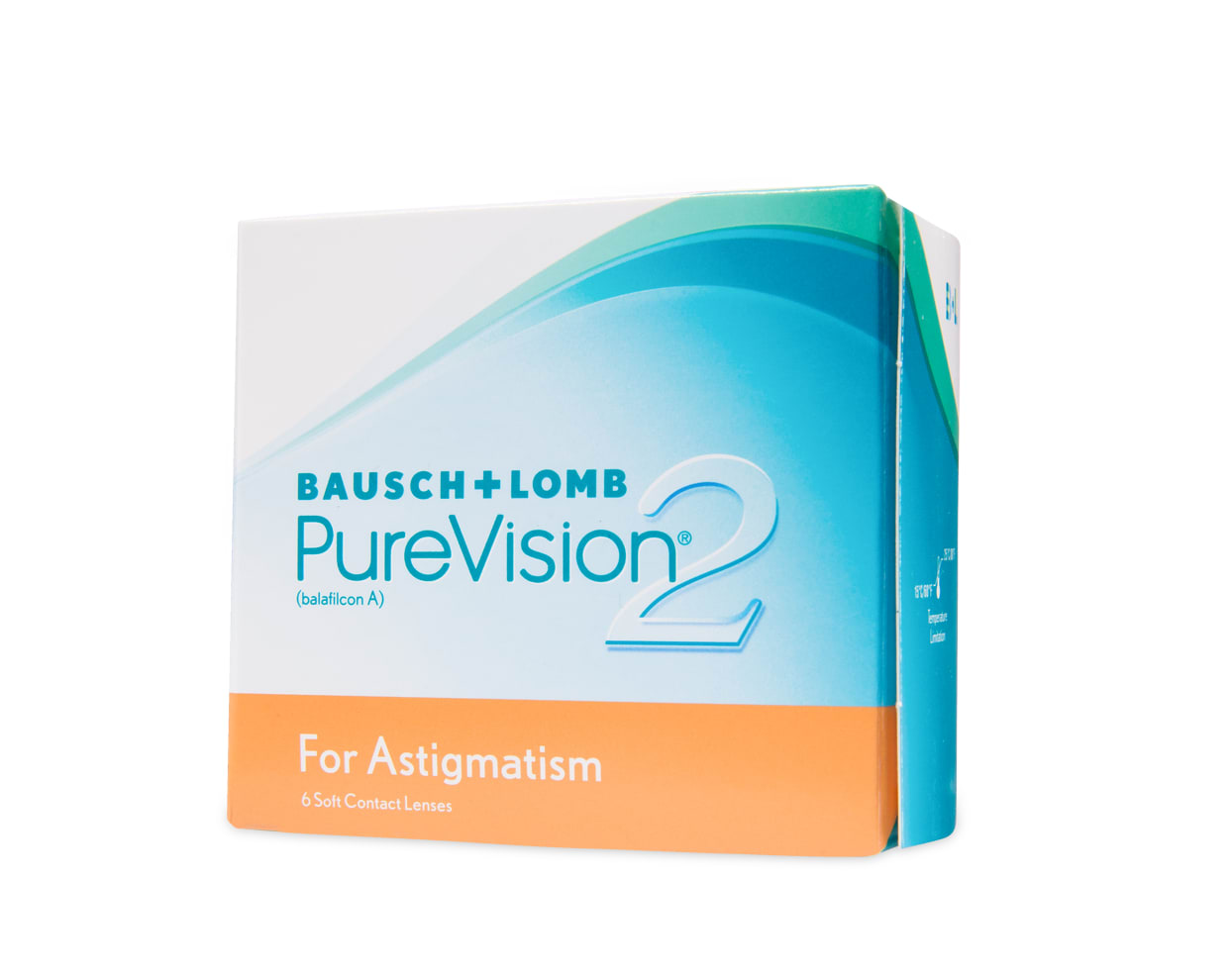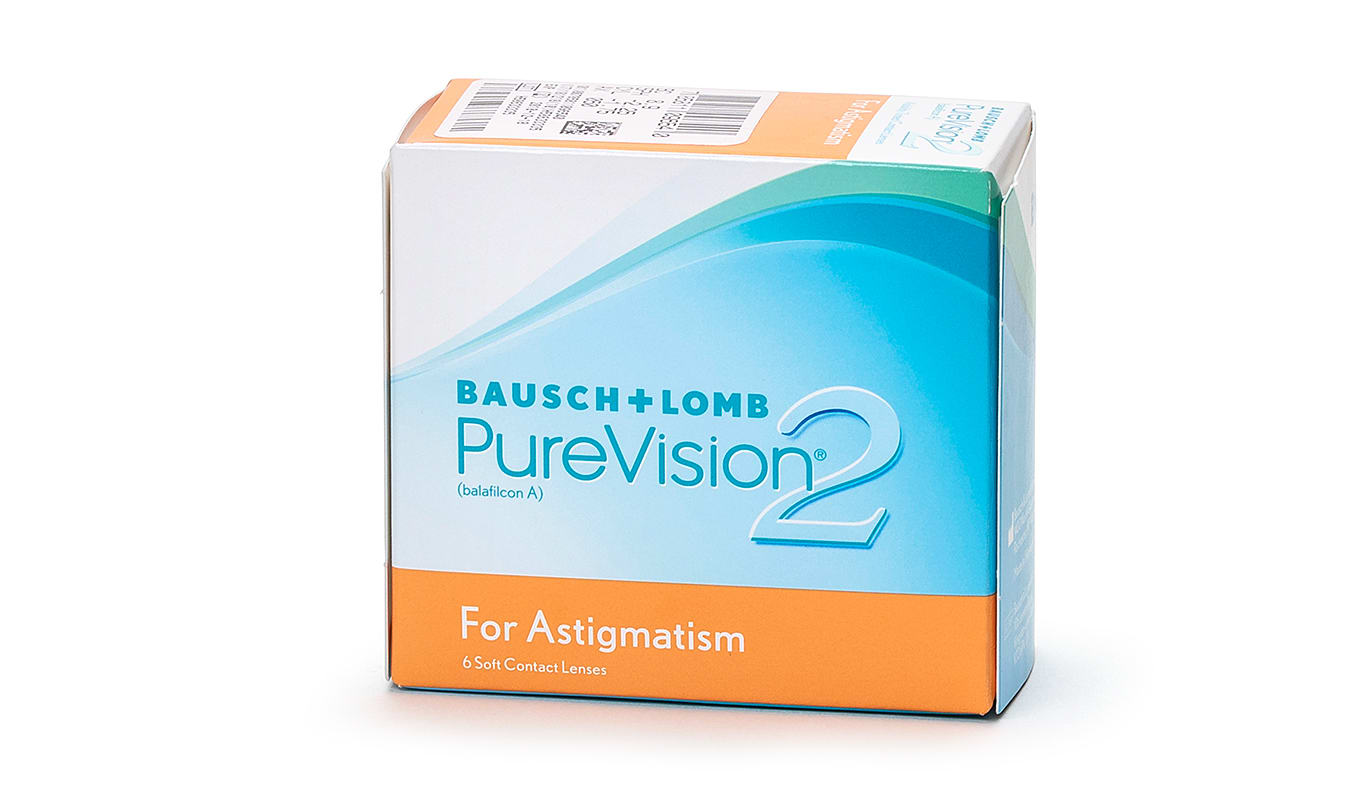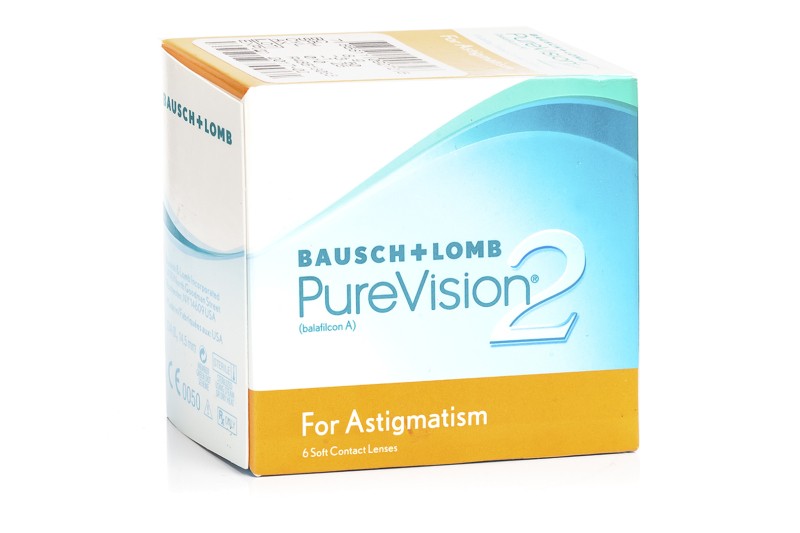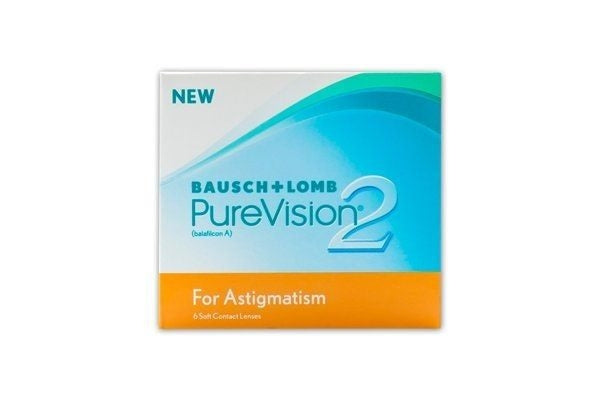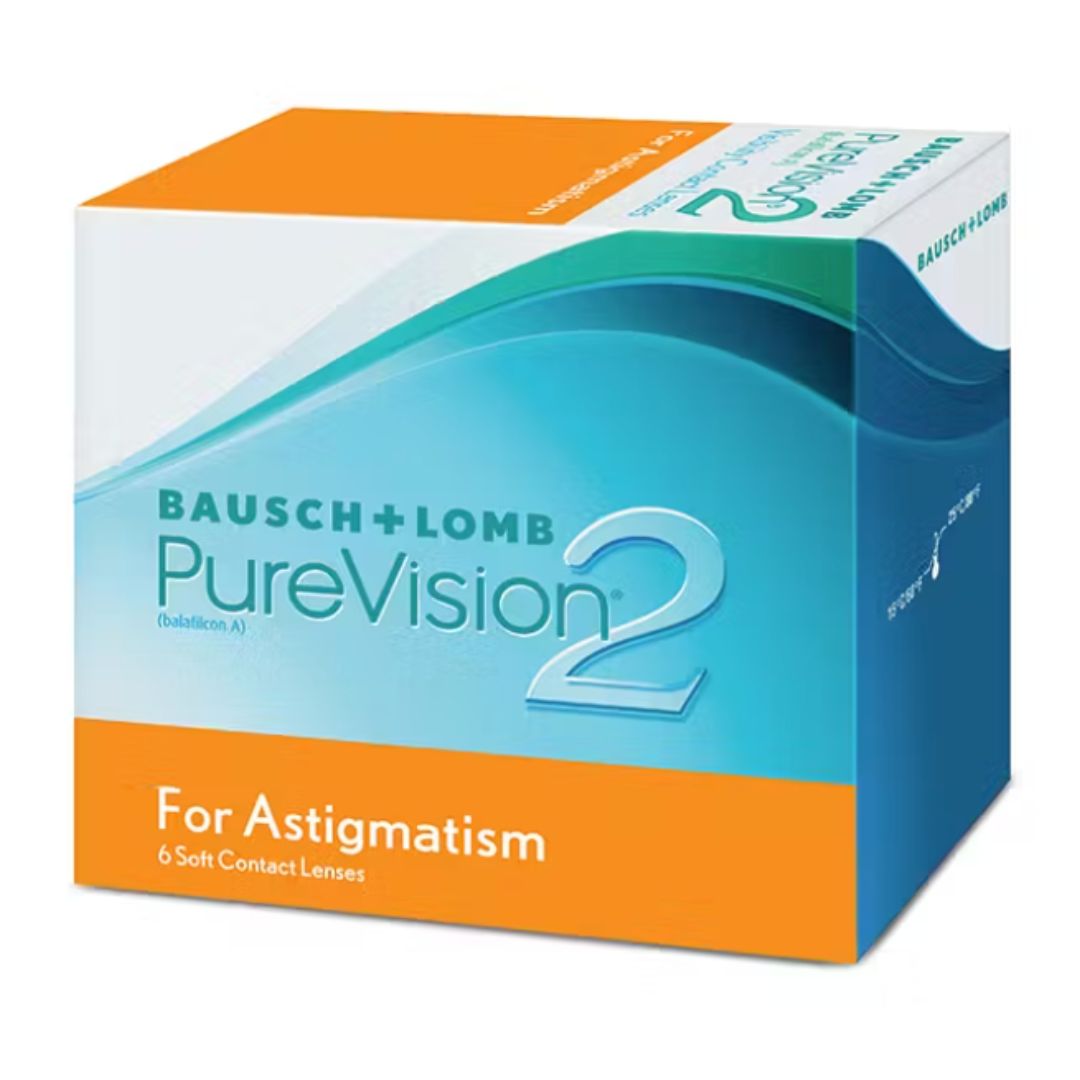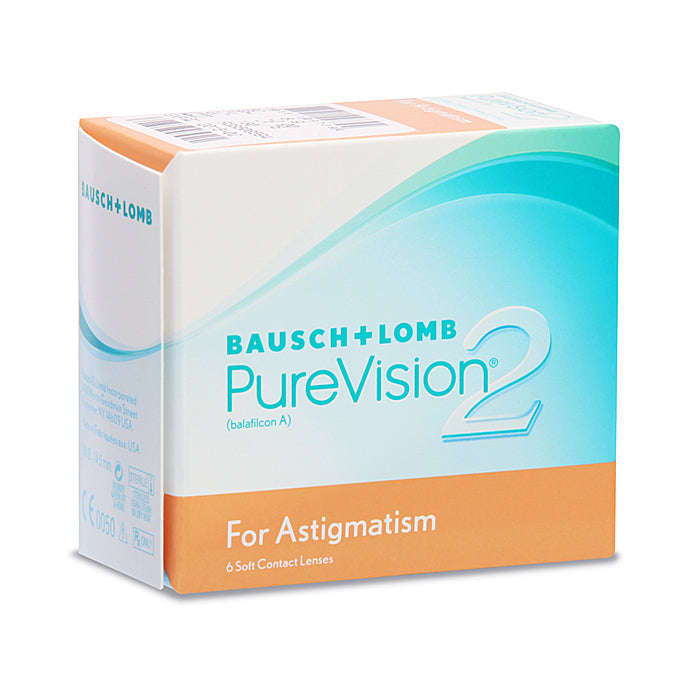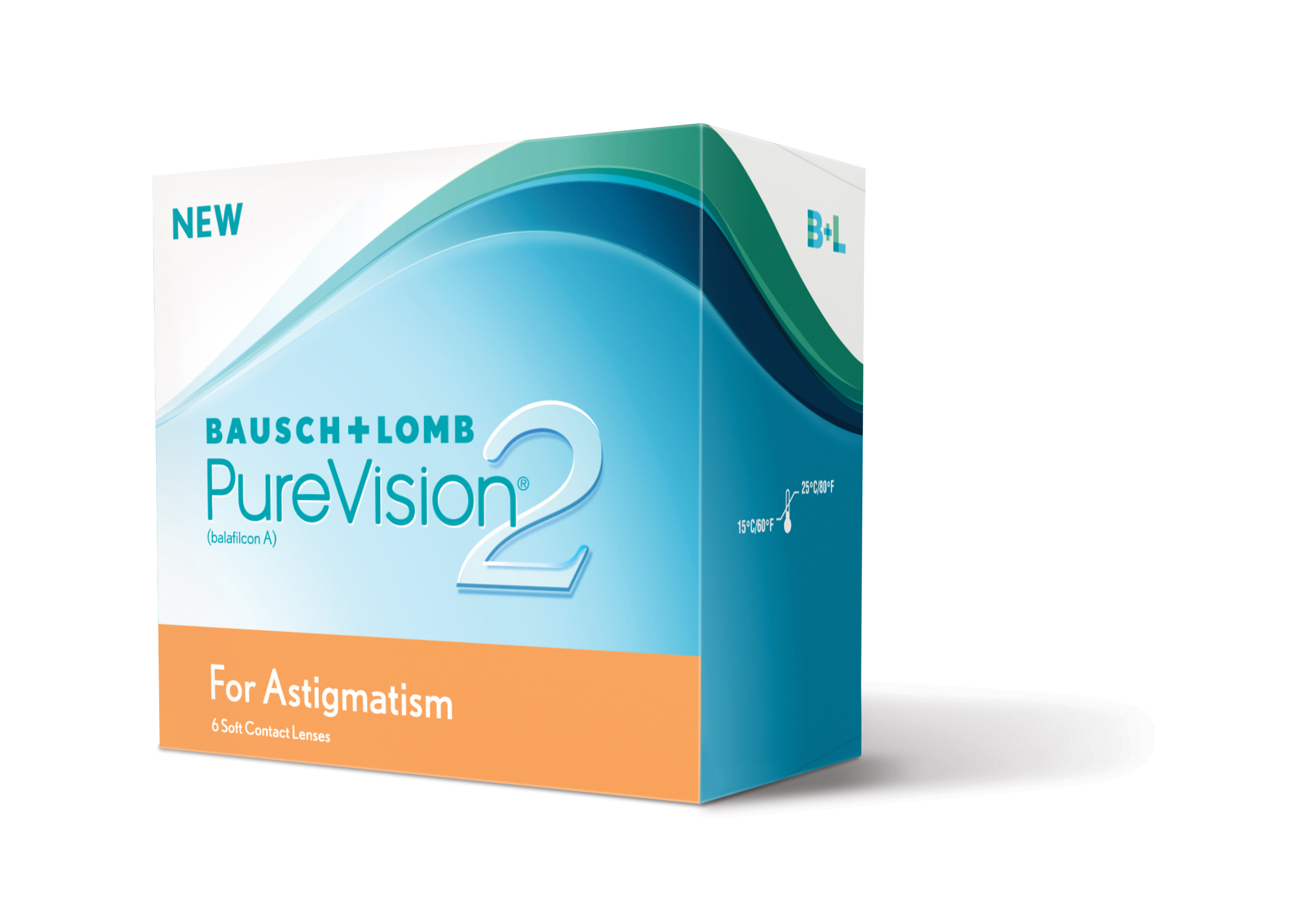Purevision 2 For Astigmatism Discontinued

The vision correction landscape is shifting, leaving many astigmatism sufferers in a state of uncertainty. Bausch + Lomb has officially discontinued its PureVision 2 for Astigmatism contact lenses, a decision that is sending ripples through the eye care community. Patients who relied on these lenses for clear and comfortable vision are now forced to seek alternative solutions, raising concerns about finding a suitable replacement.
The news, confirmed through multiple eye care practitioners and Bausch + Lomb’s updated product information, signifies the end of an era for a popular toric lens option. This discontinuation means that existing wearers will need to consult with their eye care professionals to explore other lens options and potentially undergo new fitting processes. The change raises questions about the availability of comparable products and the potential impact on the cost of vision correction.
Impact on Patients
For many, PureVision 2 for Astigmatism lenses offered a reliable solution for achieving crisp vision despite having astigmatism. The lenses were known for their comfort and breathability, making them a preferred choice for extended wear. Now, these individuals are faced with the challenge of finding an alternative that matches the performance and comfort they have come to expect.
“It’s always disruptive when a preferred lens is discontinued,” explains Dr. Emily Carter, an optometrist with a private practice in Chicago. “Patients who have been successfully wearing PureVision 2 for Astigmatism may experience frustration and require additional chair time as we work to find a suitable replacement. It is critical for us to keep our patients informed and reassured during the change.”
Patients are encouraged to schedule appointments with their eye care providers as soon as possible to discuss their options. Switching lenses can involve a trial period to assess comfort, vision correction, and overall suitability.
Industry Perspective
The discontinuation of PureVision 2 for Astigmatism comes amid evolving trends in the contact lens market. Manufacturers are constantly innovating, introducing new materials and designs to address various vision correction needs. This product lifecycle management sometimes results in older products being phased out to make way for newer generations.
According to market research firm Vision Monday, the toric lens segment is experiencing healthy growth. However, there is increasing competition with options ranging from daily disposables to custom-made lenses. These market dynamics likely play a role in the decisions made by manufacturers like Bausch + Lomb.
While Bausch + Lomb has not released an official statement detailing the precise reasons for the discontinuation, sources suggest that factors such as manufacturing costs, market demand, and the availability of alternative products within their portfolio could have contributed to the decision. The company has other toric lens options available, and they are likely encouraging eye care professionals to transition patients to these alternatives.
Available Alternatives
Fortunately, numerous toric lens options are available to correct astigmatism. Several leading manufacturers offer comparable lenses with different features and technologies.
Some popular alternatives include Alcon’s Air Optix for Astigmatism, CooperVision’s Biofinity Toric, and Johnson & Johnson Vision’s Acuvue Oasys for Astigmatism. Each of these lenses offers unique benefits and may be a suitable replacement for PureVision 2 for Astigmatism, depending on individual patient needs.
Eye care professionals will carefully assess each patient’s individual needs, including their prescription, corneal curvature, and lifestyle factors, to determine the best alternative. They will also provide guidance on proper lens care and wearing schedules to ensure optimal vision and comfort.
Moving Forward
The discontinuation of PureVision 2 for Astigmatism serves as a reminder that the contact lens market is constantly evolving. While the change may initially be disruptive, it also presents an opportunity for patients to explore newer and potentially more advanced lens technologies.
Patients are urged to proactively communicate with their eye care providers to ensure a smooth transition. Staying informed and seeking professional guidance will help them find the best vision correction solution for their individual needs. Regular eye exams remain crucial for maintaining optimal eye health and vision throughout life.
Though the PureVision 2 for Astigmatism era has ended, innovative solutions continue to emerge, promising clear and comfortable vision for individuals with astigmatism. The key lies in partnering with a trusted eye care professional to navigate the options and find the perfect fit.
